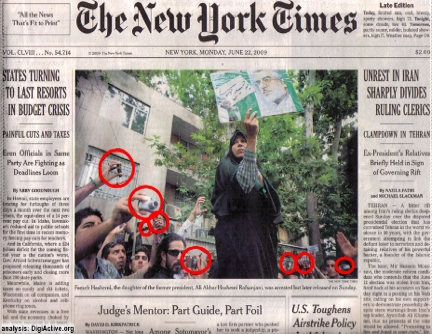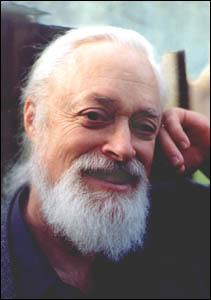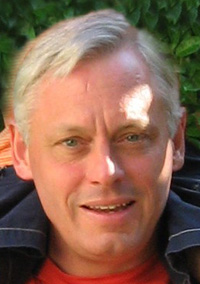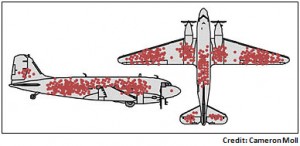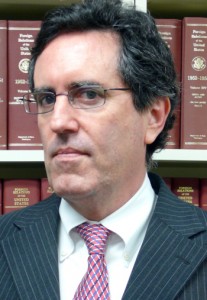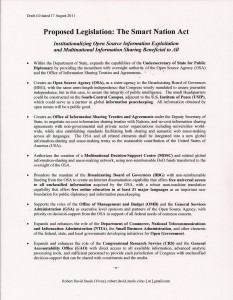
Theorizing Ushahidi: An Academic Treatise
[This is an excerpt taken from Chapter 1 of my dissertation]
Activists are not only turning to social media to document unfolding events, they are increasingly mapping these events for the world to bear witness. We’ve seen this happen in Tunisia, Egypt, Libya, Syria, Yemen and beyond. My colleague Alexey Sidorenko describes this new phenomenon as a “mapping reflex.” When student activists from Khartoum got in touch earlier this year, they specifically asked for a map, one that would display their pro-democracy protests and the government crackdown. Why? They wanted the world to see that the Arab Spring extended to the Sudan.
The Ushahidi platform is increasingly used to map information generated by crowds in near-real time like the picture depicted above. Why is this important? Because live public maps can help synchronize shared awareness, an important catalyzing factor of social movements, according to Jürgen Habermas. Recall Habermas’s treaties that “those who take on the tools of open expression become a public, and the presence of a synchronized public increasingly constrains un-democratic rulers while expanding the right of that public.”
Continue reading “Patrick Meier: Ushahidi Emergent as Democracy in Being”

